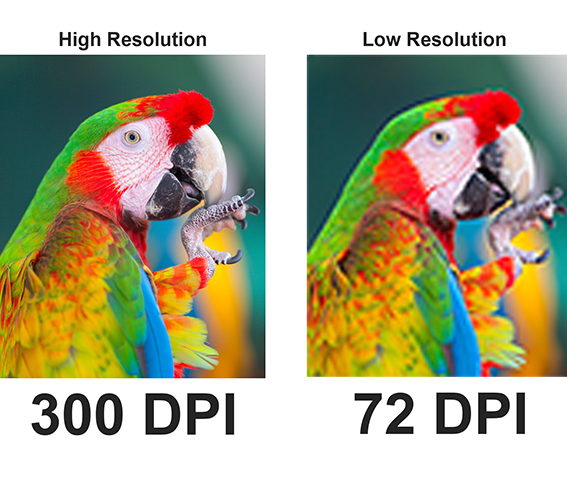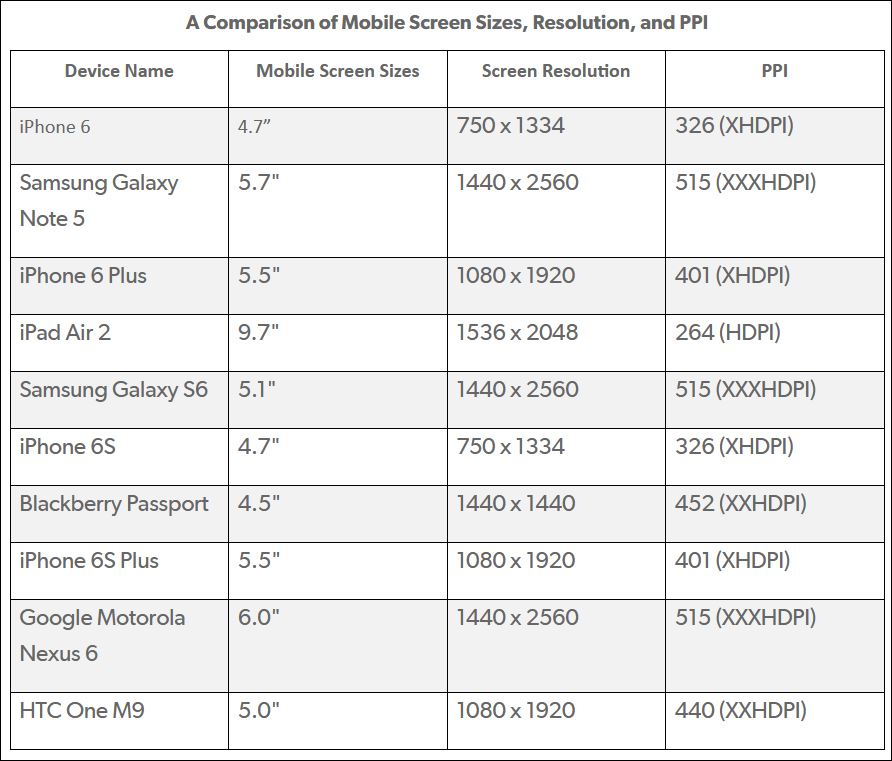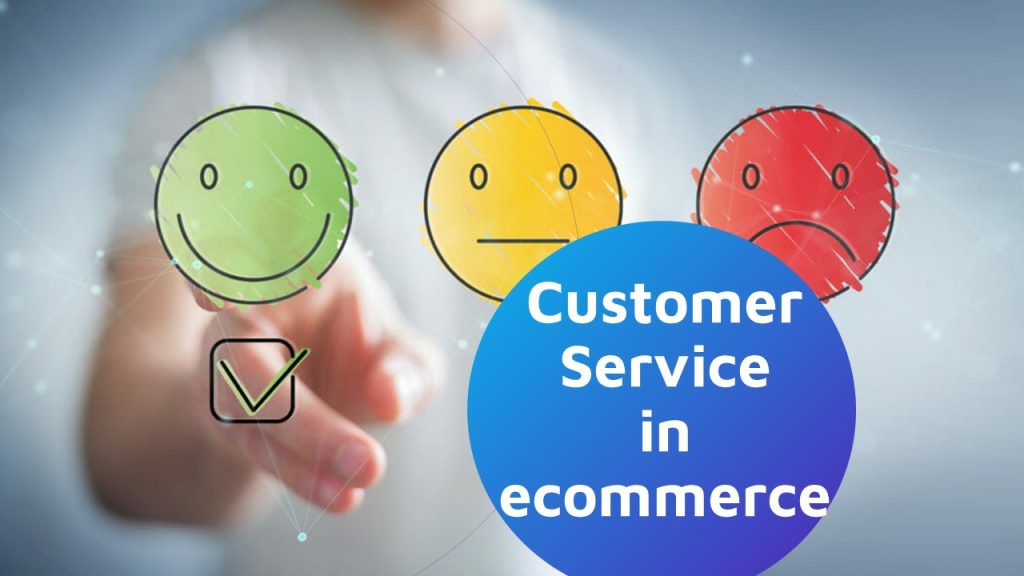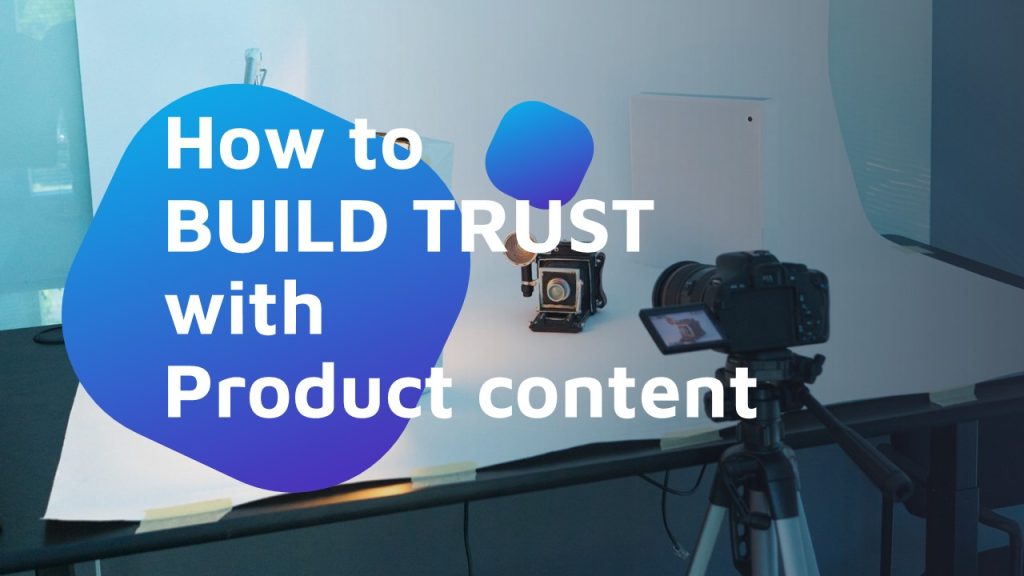Mobile navigation plays a vital role in delivering a seamless user experience. And that makes optimizing images for mobile navigation a non-negotiable task, no matter the headache. However, mobile optimization isn’t as challenging as it may seem. In fact, by understanding a few basic principles, everyone can make their website load quickly and display images perfectly on mobile devices.
Well, this is what this post is about. Below, we will explain a few useful tips to help you optimize your images for mobile navigation, thus ensuring that your website captivates users, keeps them engaged, and improves its conversion rate. Now that hybrid commerce has consolidated, omnichannel is the new normal.

Key concepts
Before we delve into the steps to optimize images for mobile navigation, a few concepts must be understood. After all, mobile navigation happens in mobile devices with smaller displays and lower bandwidth. That calls for adjusting image size and orientation in order to provide fast-loading pages and detailed visual information.
- DPI. Dots per inch, refer to the number of pixels in an inch.
- Compression. Minimizing the image size without sacrificing its quality below. A smaller file size allows for storing more images in drives or servers.
- Dimensions. The length and width of an image. As we will see below, a critical aspect to make them fit in a page’s frame.
- Weight. How much an image weighs in Kb or Mb determines the bandwidth (and time) needed to load it.
- Resolution. The image’s detail, according to the number of pixel lines. The lower the resolution, the fewer the pixels. Thus, a lower DPI and a pixeled image.
How can you optimize images for mobile navigation?
Compress and resize
One of the main factors impacting mobile page loading times is the size of images. To tackle this, consider using image compression tools or plugins to reduce file sizes without compromising quality. Additionally, resizing images to fit the specific dimensions required for mobile devices instead of relying on responsive scaling can further enhance loading speed.
In general, these are the most common screen resolutions (which may differ in every device).
- Desktop: from 1024 × 768 to 1920 × 1080
- Tablets: from 601 × 962 to 1280 × 800
- Mobile devices: from 360 × 640 to 414 × 896

Use the right format
The file format is crucial for optimizing images for mobile navigation. For pictures, JPEG still keeps the best balance between image quality and file size. However, PNG works best when it comes to graphics or images with transparency, such as logos.
Avoid using BMP or TIFF formats, as they tend to be larger and may not be well-supported on all mobile devices.
Responsiveness
Responsive design is what makes your images automatically adjust to different screen sizes. Something we can no longer live without. The main goal here is to prevent large images from being unnecessarily scaled down when displayed on mobile devices. And that’s vital to improving loading times without sacrificing image quality.
At this point, consider what device your images and page layout are intended for. Keep in mind that we see the world horizontally, and your product photography should be adapted to landscape orientation for desktop versions, whereas 1:1 or 3:5 work best in phone versions, where people scroll down in portrait orientation.

Use lazy loading
Since about 2020, lazy loading is a worldwide standard consisting of loading images only when they are needed – when they are about to come into the user’s view. This saves a lot of loading time, which in turn gives room to fancy animations and makes websites more dynamic and engaging.
This improves page load times significantly. Implementing lazy loading can have a transformative impact on the mobile navigation experience. Now, this goes hand in hand with having images of the right size and weight. Otherwise, the browsing experience can be interrupted by a large blank portion – which is nothing but a large image slowly being loaded.
Consider SVG for simple images
Scalable Vector Graphics (SVG) are resolution-independent and adapt seamlessly to different screen sizes without compromising quality. SVG is an ideal format for icons, logos, and simple graphics that need to scale smoothly across devices.
The main advantage of SVG is that it doesn’t rely on pixels, but on “vector” data, which can be coded in XML and thus indexed, scripted and searched for.
To keep this simple, a vector map relies on its scale. The scale comes from the paper maps era, when the thickness of the pencil used to draw maps defined their precision. Hence the typical “1:10.000”. Vector data allows resizing and zooming in or out with little limits, as long as the scale is defined and respected.
SVGs are good for images with little pixel requirements: logos, charts, and even illustrations. However, they are not recommended for complex images like high-resolution photography, for their shades and colors.
Optimize Alt Text
SEO is a very important thing in product content for ecommerce. And ALT text is often overlooked, preventing your product’s stellar images from being displayed among search results.
ALT text is what makes your products accessible and easy to find – even through voice search, as it provides search engines with descriptive and concise information. Information that helps search engines understand what’s in an image, making your website more inclusive. And that is highly appreciated in today’s context.
Minimize the Use of Images
Whatever you do, images weigh. Therefore, they belong to specific sections depending on their type, purpose, and location – which takes us back to optimizing their size for each device.
Website block designers offer plenty of options not to depend exclusively on images. For example, using gradients and shadows on page transitions, or icon fonts instead of image files.
By reducing the number of image requests, your website’s performance and loading times will increase significantly. This is particularly helpful for startups and people unfamiliar, with limited technical resources, or who hesitate whether to outsource their product content.

Never stop testing
Testing a website’s performance is common practice, especially upon content updates or when metrics reflect a potential issue.
There are many free tools available, like Google PageSpeed Insights or GTmetrix. Tools designed to provide insights and recommendations on image optimization and overall performance improvements. Remain vigilant and proactive, and it should all be fine 😉.
Summarizing
Optimizing images for mobile navigation doesn’t have to be overwhelming and is not complicated at all.
Following these practical and actionable tips is enough for startups and people not specializing in content or graphic design to provide a smooth and fast user experience.
From compressing and resizing images to implementing responsive design and leveraging SVG when possible, your website’s performance on mobile devices should improve significantly. Of course, optimizing alt text, and not filling it with unnecessary images should make it even better. But many businesses and managers simply don’t have the time to deal with their product’s marketing content and end up settling for an ineffective showcase.
If that is your case, remember that Content2Sell is composed of product experts and ecommerce specialists who will be happy to help you take your product where you want it to be. And more importantly, to sell it with pictures of a quality you wouldn’t believe.



